Buying a laptop is more of a commitment for a couple of years than it is an expense. The laptop that you want to buy needs to be featureful and good enough, yet coming in under the budget that you desire. If you were to research a bit about the laptop market, you are likely to find hundreds of models with a different configuration for the same laptop. And, there’s a usual confusion on what to choose between portability and power. In short, buying a laptop without adequate technical knowledge can be a daunting experience. Here are some of the tips that you might want to consider while shopping for a laptop:
1. You don’t need the best processor
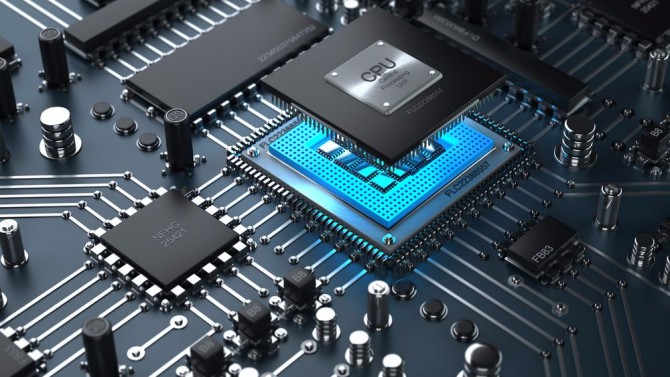 Yes. You DON’T need the best processor available out there. It’s a norm for retail shops and semi-tech people to tell you to hunt for Core i7 and not look anything below it, which is somewhat viable for people looking for raw performance. However, doing so could be a terrible decision for an average user. Focusing solely on the processor and performance while buying a laptop will lead to multiple compromises to be had on several other factors.
Yes. You DON’T need the best processor available out there. It’s a norm for retail shops and semi-tech people to tell you to hunt for Core i7 and not look anything below it, which is somewhat viable for people looking for raw performance. However, doing so could be a terrible decision for an average user. Focusing solely on the processor and performance while buying a laptop will lead to multiple compromises to be had on several other factors.
If your needs lie somewhere between watching movies, browsing the internet and managing files, a processor like Core i3 or even a newer Pentium can be good enough. It’s analogous to not buying a racing bike just for daily office-home commute needs – one would be better off with a budget-friendly bike or a scooter in this case.
Gamers and professionals who need more raw power might require a laptop with at least a quad-core processor. Latest 8th generation Intel Core processors are way faster than their predecessors. Even a new Core i5 8250U can be faster than a generation old Core i7 7500U in some scenarios. Newer Core i3 is faster than Core i7 from a couple of years ago. AMD’s new Ryzen Mobile processor combine best of both processing and graphics power in a single low TDP chip. Chances of being wrong while buying a laptop with the latest processor in it are pretty slim.
2. Keyboard, display, and trackpad matters a lot more than you think
 Bad keyboard, dim and color inaccurate display and jumpy trackpad will simply make using the laptop a terrible experience.
Bad keyboard, dim and color inaccurate display and jumpy trackpad will simply make using the laptop a terrible experience.
Keyboards need to last long and be comfortable. They can easily break and can be a chore to repair if broken. Read consumer reviews to make sure that the laptop that you’re going to buy has a durable keyboard. If you plan to type a lot, make sure that the keyboard has good key travel and a tactile feedback.
Forex Updates: USD selling at Rs 143.14, euro at Rs 167.65

Display brightness and quality are two different parameters in which we can judge a display on. For a laptop to be visible and readable on a bright room, it must have 250+ nits of brightness. While 300+ nits of brightness would be ideal for every scenario, it’s not really that bad to opt for a laptop with around 250 nits of brightness. You can go through the specifications of the laptop to find out its brightness.
Quality, on the other hand, can be judged based on various factors. IPS display is better than TN panel. High resolution 1080p would be sharper than 768p display. Graphics professionals might require the display to be color accurate covering about 100% of the color gamut. Higher refresh rate than typical 60 Hz is pleasing to look at while costing significantly high.
Trackpads needs to be responsive, support multitouch gestures and be consistent. Check to see if the trackpad is comfortable enough for you to use before buying. Glass trackpads are generally more comfortable to use.
3. What about RAM?
 The answer to the question is pretty simple. If you’re an average user whose needs revolve around watching movies and browsing the internet, get a laptop with 4 GB or 8 GB of RAM. But make sure that you can upgrade the RAM later if you’re getting a 4 GB one.
The answer to the question is pretty simple. If you’re an average user whose needs revolve around watching movies and browsing the internet, get a laptop with 4 GB or 8 GB of RAM. But make sure that you can upgrade the RAM later if you’re getting a 4 GB one.
If you’re a gamer and are buying a gaming laptop, it’s better to go for 16 GB. But you don’t really have to worry about having 8 GB RAM during purchase because most of the gaming laptops let you upgrade the RAM anyway.
Graphics professionals and video editors usually know what their workload needs. Their RAM requirement might range from being okay with 8 GB of it or wishing for more even with 16 GB installed.
4. The inevitable division between power, price, and portability
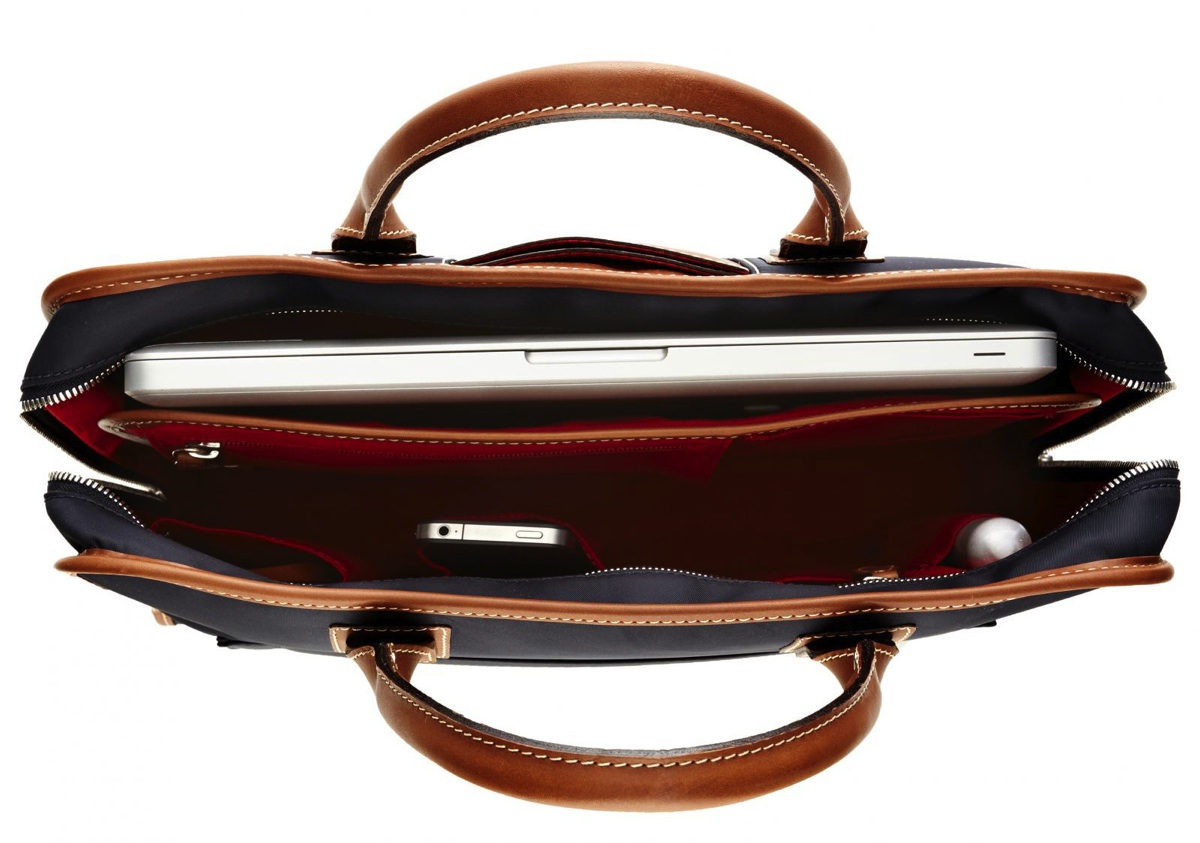 Powerful laptops are usually less portable. Portable laptops are usually less powerful. The laptop with both powerful internals and a portable build are absurdly expensive. For any given price, you can find two alternatives - one that has a small and portable build with weaker internals and another being a big and bulky laptop with powerful internals. If you want the best of both worlds, you’d have to spend more.
Powerful laptops are usually less portable. Portable laptops are usually less powerful. The laptop with both powerful internals and a portable build are absurdly expensive. For any given price, you can find two alternatives - one that has a small and portable build with weaker internals and another being a big and bulky laptop with powerful internals. If you want the best of both worlds, you’d have to spend more.
This could be clarified using three mainstream laptops from the same company – HP Pavilion Power, HP Envy 13 and HP Spectre 15. Pavilion Power 15 is a semi-gaming laptop with a powerful graphics card and a fast processor in a chunky package costing around NPR 95k. Envy 13 is a slim and light laptop with no dedicated graphics card and a weaker processor compared to Pavilion ( but still fast enough for every day-to-day task) while costing the same. Spectre 15, on the other hand, is a slim and light powerful laptop with a dedicated graphics card and costs twice as much as Pavilion Power 15. So, you’d have to decide forehand where you’re going to put your cash on.
5. The GB dilemma in Graphics Card
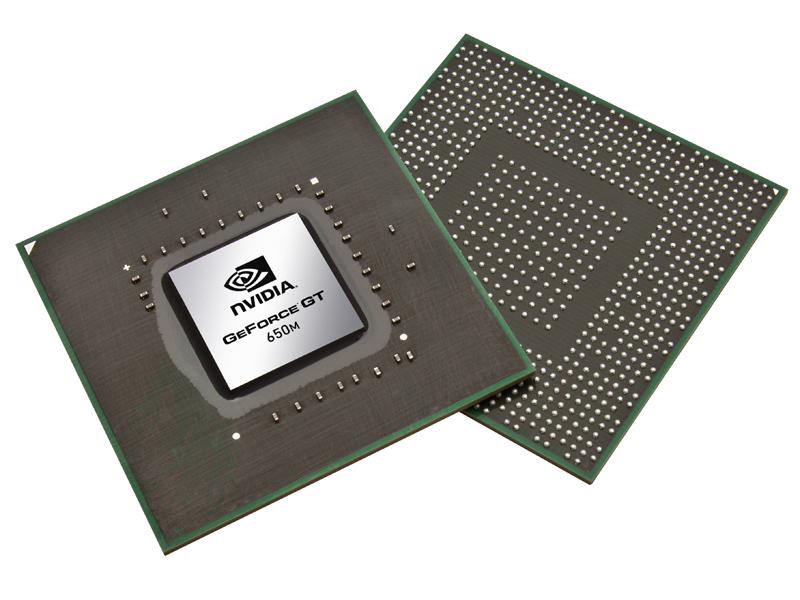 More GB in graphics card doesn’t always mean it’s better. There’s a lot more to it than just its VRAM capacity.
More GB in graphics card doesn’t always mean it’s better. There’s a lot more to it than just its VRAM capacity.
A graphics card consists of two distinct components working together – a GPU and a VRAM. The performance of a given graphics card completely depends on how fast the core GPU (Graphics Processor Unit) is. The size of the VRAM (Video Random Access Memory) is the RAM for GPU which is used to store graphics related files during graphical workload.
You’d find a laptop with graphics card starting from 1 GB VRAM way up to 8 GB. A higher GB count in graphics card doesn’t always mean it’s better than the other with lower GB count – the other component i.e. GPU needs to be fast as well. For example, MX150 2 GB is like 90% faster than R7 530 4 GB.
If you’re looking for a portable laptop with a graphics card for light gaming and graphics work, Nvidia’s Geforce MX150 and MX130 (also known as Geforce 940MX) would be a safe bet. Nvidia’s GTX 10 series graphics card are much suited for gamers and professionals.
6. SSDs matters a lot
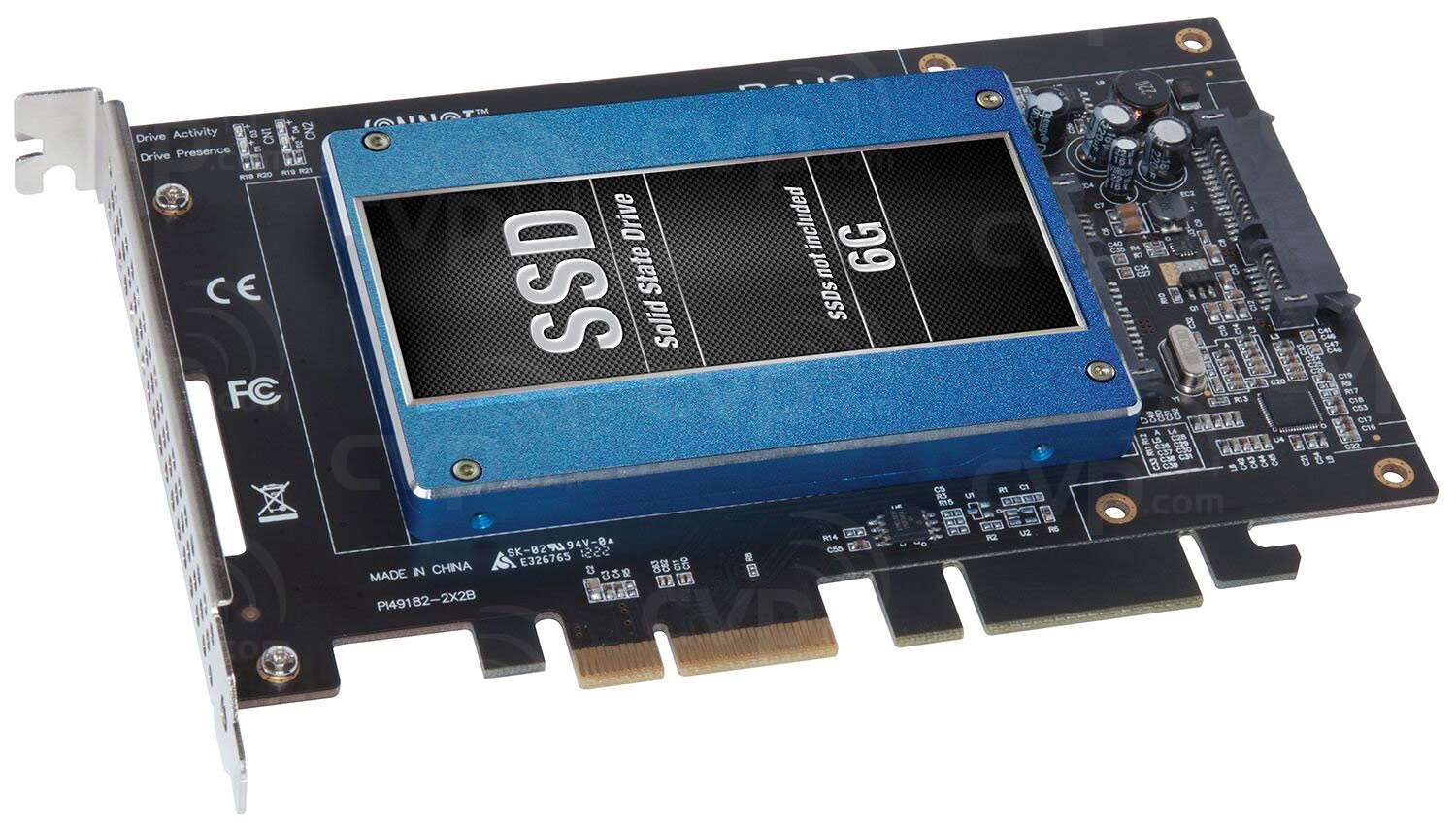 Solid State Drives, also known as SSD, are a form of flash storage for your computer that replaces typical mechanical hard drives and are very fast. SSDs help the OS to boot faster, launch programs faster and make the whole laptop/computer experience much enjoyable. Even if you had the best processor, you won’t be able to get the best out of it by using a hard drive to feed data to it.
Solid State Drives, also known as SSD, are a form of flash storage for your computer that replaces typical mechanical hard drives and are very fast. SSDs help the OS to boot faster, launch programs faster and make the whole laptop/computer experience much enjoyable. Even if you had the best processor, you won’t be able to get the best out of it by using a hard drive to feed data to it.
SATA SSDs uses the same slot as your typical laptop hard drives ( which means you can replace your current laptop hard drive with a SATA SSD) and are still 3x faster than those. M.2 SSD’s uses different interface but can be up to 10x faster than the typical spinning hard drives and are very expensive.
The only downsides to SSDs are its capacity and price. A budget laptop would have “just” 250 GB or even lower sized SSD’s installed in it. If you were to buy a slower 250 GB SATA SSD on its own, it’d cost you about NPR 9k. However, any laptop these days above 65k price range would have an SSD, albeit slower one, installed it in. For any extra storage space needed, there’s always an option to get an external hard disk.
7. Battery life and its correlation with the type of processor used in the laptop
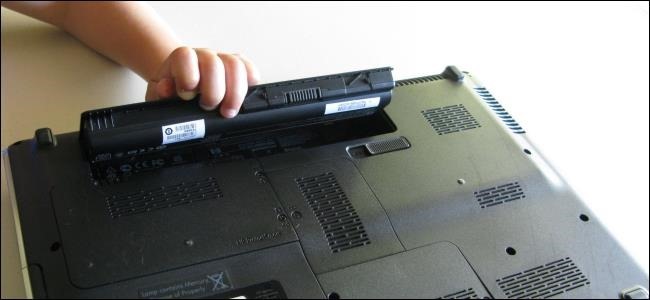 Battery life of the laptop depends on the battery’s capacity and laptop’s processor. To keep it to the point, powerful processor means low battery life. Gaming laptops have a very powerful and power-hungry processor which results in around 4-5 hours of battery life at best. While gaming the number would go down to mere minutes – around 40-50 minutes. Ultrabooks with less powerful but power efficient processors will give you a higher battery life, usually, more than 8 hours and some laptops like Microsoft Surface Laptop reaches beyond 10 hours.
Battery life of the laptop depends on the battery’s capacity and laptop’s processor. To keep it to the point, powerful processor means low battery life. Gaming laptops have a very powerful and power-hungry processor which results in around 4-5 hours of battery life at best. While gaming the number would go down to mere minutes – around 40-50 minutes. Ultrabooks with less powerful but power efficient processors will give you a higher battery life, usually, more than 8 hours and some laptops like Microsoft Surface Laptop reaches beyond 10 hours.
For example: Dell’s XPS 13 is an ultrabook with low-power CPU that can give 9+ hours of battery life. Dell’s XPS 15 on other hand is a premium professional laptop that uses high performance CPU and gives around 7 hours of battery life. Dell’s G7 is a gaming laptop that has battery life of mere 5 hours.





































